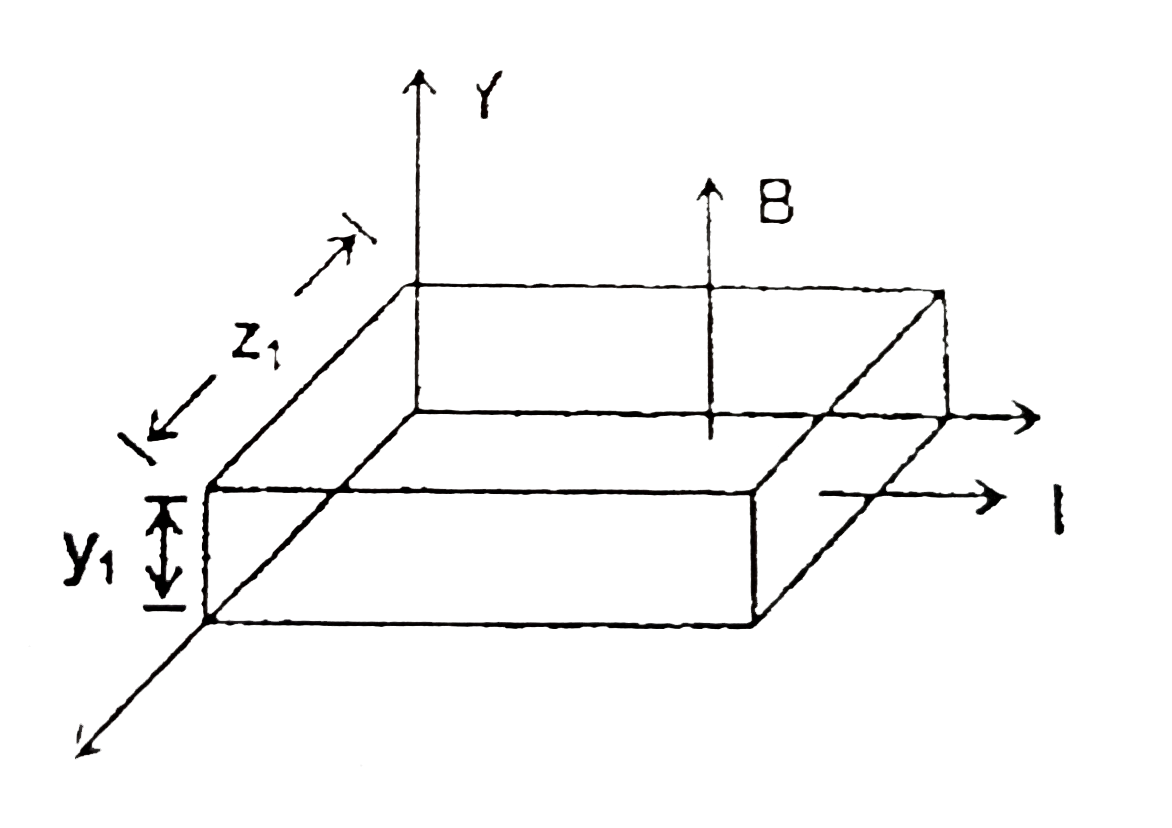Trace element needed for insulin to exert its maximal effect in glucose uptake is
Molybdenum
Vanadium
Chromium
Selenium.
The correct Answer is:C
Step by step video & image solution for Trace element needed for insulin to exert its maximal effect in glucose uptake is by Biology experts to help you in doubts & scoring excellent marks in Class 12 exams.
Updated on:21/07/2023Topper's Solved these Questions
- CHEMICAL COORDINATION AND REGULATIONBook:DINESH PUBLICATION ENGLISHChapter:CHEMICAL COORDINATION AND REGULATIONExercise:Check Your Grasp
Explore 10 Videos
- CHEMICAL COORDINATION AND REGULATIONBook:DINESH PUBLICATION ENGLISHChapter:CHEMICAL COORDINATION AND REGULATIONExercise:Brain Teasers-V
Explore 114 Videos
- CELL CYCLE (CELL DIVISION)Book:DINESH PUBLICATION ENGLISHChapter:CELL CYCLE (CELL DIVISION)Exercise:BRAIN TEASERS-III
Explore 85 Videos
- CHORDATA- PROTOCHORDATABook:DINESH PUBLICATION ENGLISHChapter:CHORDATA- PROTOCHORDATAExercise:CYG
Explore 11 Videos
Similar Questions
Plant deficient in elemental nitrogen, often show its effect on the biosynthesis of:
View SolutionBoth alkali metals and alkaline earth metals are s−block elements. They resemble each other in many respects but still there are certain dissimilarities in their properties due to different number of electrons in the valence shell, different atomic radii, ionisation enthalpy, electronegativity, etc.
Like lithium, Be also differs from rest of the alkaline earth metals on account of its small atomic size and high electronetativity. Be2+ion is very small and exerts a high polarising effect on any anion associated with it.
Which of the bicarbonate does not exist in solid state?
View Solution
Knowledge Check
Match the element with its associated functions/roles and choose the correct option among given below.
A. Boron(i). Splitting of H2O to liberate O2 during photosynthesis B. Manganese(ii). Needed for synthesis of auxinsC. Molybdenum(iii).component of nitrogenaseD. Zinc(iv). Pollen germinationE. Iron(v). Component of feredoxinA1, 2, 3, 4, 5B4, 1, 3, 2, 5C3, 2, 4, 5, 1D2, 3, 5, 1, 4
Both alkali metals and alkaline earth metals are s−block elements. They resemble each other in many respects but still there are certain dissimilarities in their properties due to different number of electrons in the valence shell, different atomic radii, ionisation enthalpy, electronegativity, etc.
Like lithium, Be also differs from rest of the alkaline earth metals on account of its small atomic size and high electronetativity. Be2+ion is very small and exerts a high polarising effect on any anion associated with it.
The alkaline earth metal which does no directly combine with hydrogen is
View SolutionPlants deficient of element zinc, show its effect on the biosynthesis of plant growth hormone
View SolutionBoth alkali metals and alkaline earth metals are s−block elements. They resemble each other in many respects but still there are certain dissimilarities in their properties due to different number of electrons in the valence shell, different atomic radii, ionisation enthalpy, electronegativity, etc.
Like lithium, Be also differs from rest of the alkaline earth metals on account of its small atomic size and high electronetativity. Be2+ion is very small and exerts a high polarising effect on any anion associated with it.
The correct sequence of increasing covalent character is
View SolutionMatch the element with its associated functions/roles and choose the correct option among given below.
A. Boron(i).Splitting of waterB. Manganese(ii).Needed for synthesis of auxinsC. Molybdenum(iii).Component of nitrogenaseD. Zinc(iv).Pollen germinationE. Iron(v).Component of feredoxin
View SolutionBoth alkali metals and alkaline earth metals are s−block elements. They resemble each other in many respects but still there are certain dissimilarities in their properties due to different number of electrons in the valence shell, different atomic radii, ionisation enthalpy, electronegativity, etc.
Like lithium, Be also differs from rest of the alkaline earth metals on account of its small atomic size and high electronetativity. Be2+ion is very small and exerts a high polarising effect on any anion associated with it.
The solubility in water of sulphates down the group (⏐↓) is Be>Mg>Ca>Sr>Ba. this si due to
View SolutionMatch the element with its associated functions/roles and choose the correct option among given below.
A. Boron(i). Splitting of H2O to liberate O2duringB. Manganese(ii). Needed for synthesis of auxinsC. Molybdenum(iii).component of nitrogenaseD. Zinc(iv). Pollen germinationE. Iron(v). Component of feredoxin
View SolutionThe basic principle underlying the Hall effect is the Lorentz force. When an electron moves along a direction perpendicular to an applied magnetic field, it experiences a force acting normal to both the directions and moves in response to this force and the force exerted by the internal electric field. For an n-type, bar-shaped semiconductor, the carriers are predominantly electrons of bulk density n. We assume that the constant current I flows along the x-axis from left to right in the presence of a magnetic field toward y-axis. Electrons subjected to the lorentz force initially drift away from the current line toward the negative z-axis, resulting in an excess surface electrical charge on the sides of the sample. This charge results in the hall voltage, a potential drop across the two sides of the sample.
The transverse voltage is the hall voltage VH and its magnitude is equal to IB/qnd, where I is the current, B is the magnetic field, d is the sample thickness and q is the elementary charge. A silver ribbon lies as shown in the adjacent figure. (z1=11.8mm and y1=0.23mm) carrying a current of 120A in the x-direction in a uniform magnetic field B=0.95T. If electron density is 5.85×1028/m3, then
Magnitude of the drift velocity of elelctrons is

View Solution